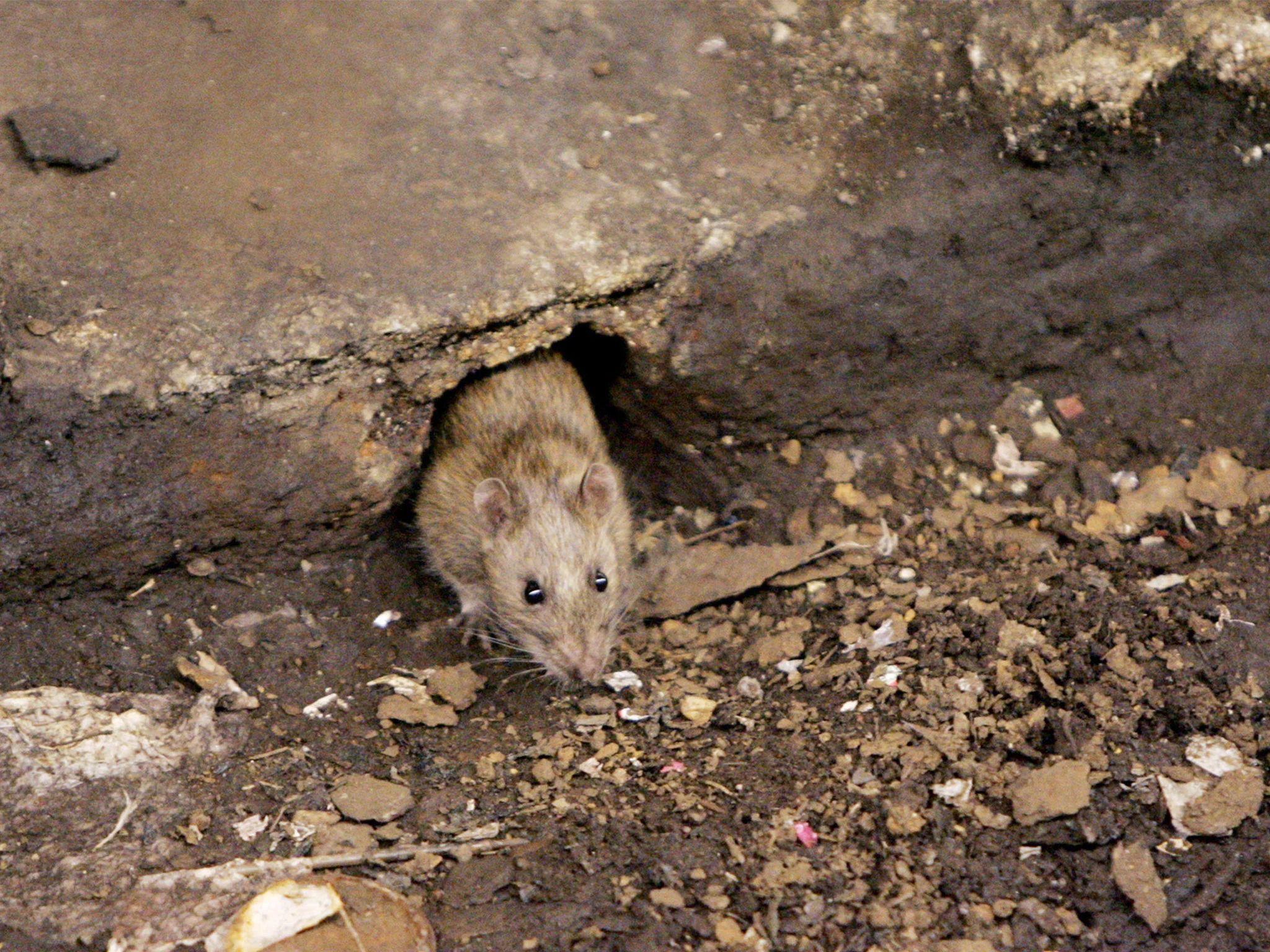Hungry? Better Use DSRP...
 Elena Cabrera
·
1 minute read
Elena Cabrera
·
1 minute read
Across the animal kingdom, hunting methods vary. The more adept an animal is at distinguishing prey from not prey and further distinguishing one type of prey from another, the more likely they are to eat.
Ogre-Faced Spiders:

Figure 1: Ogre-Faced Spider.
In order to catch its prey, the Ogre-Faced Spider utilizes a web, a net and two types of strikes: forwards and backwards. While resting on its web, the spider makes a net and catches insects as they fly by, all in the dark. It's remarkable to watch (you can see examples in the video below).
Figure 2: Short video that shows the "backwards strike" motion.
Stafstrom et al 2020, found that, "by combining neurophysiological and behavioral experiments, spiders are shown to use low-frequency detection to capture flying prey [1]." In other words, the spiders use aural distinction-making to hunt. The Ogre-Faced Spider has a uniquely attuned auditory ability, and can distinguish the specific frequencies (150, 400, and 750 Hz) produced by the flapping wings of their prey. In the experiment, spiders reacted with a backwards strike when those frequencies were played. Interestingly, once the spider distinguished the correct frequency and frequency location, they relate that frequency/location to backward or forwards strike. Their success as hunters depends on their ability to make distinctions and relationships.
Like all organisms, the Ogre-Faced Spider is using their own version of DSRP to hunt. This article highlights the distinctions (and relationships) they make. Sometimes animals have less attuned versions of D, S, R, or P whereas others are more highly attuned in certain areas. Most of the time its not a matter of 'better' or 'worse', but of difference. Remarkably, all show signs of DSRP patterns. Want to learn more about DSRP? Take the course and become a Certified Systems Thinker!
References:
[1] Stafstrom, Jay A., Gil Menda, Eyal I. Nitzany, Eileen A. Hebets, and Ronald R. Hoy. 2020. “Ogre-Faced, Net-Casting Spiders Use Auditory Cues to Detect Airborne Prey.” Current Biology: CB 30 (24): 5033–39.e3.
.png?width=150&height=150&name=CRL%20GOAT%20Logo%20(4).png)



